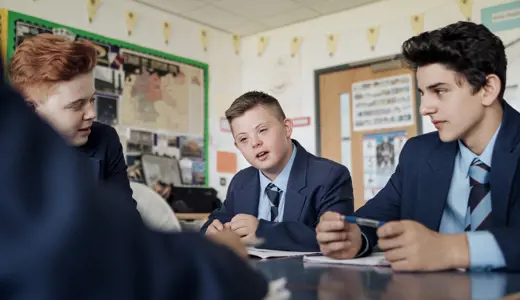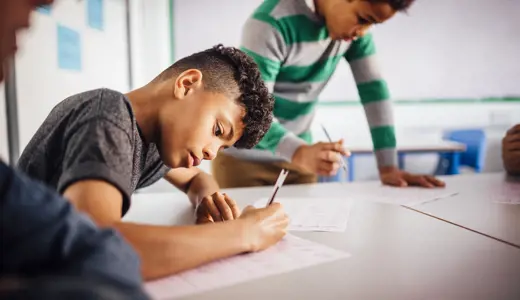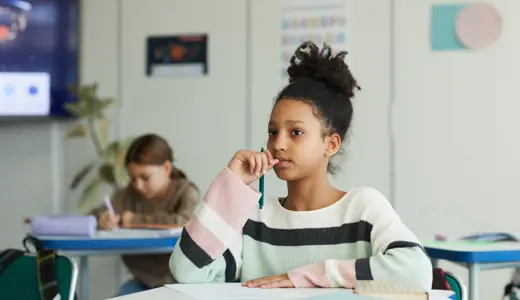Money skills lesson one: Recognising your money personality
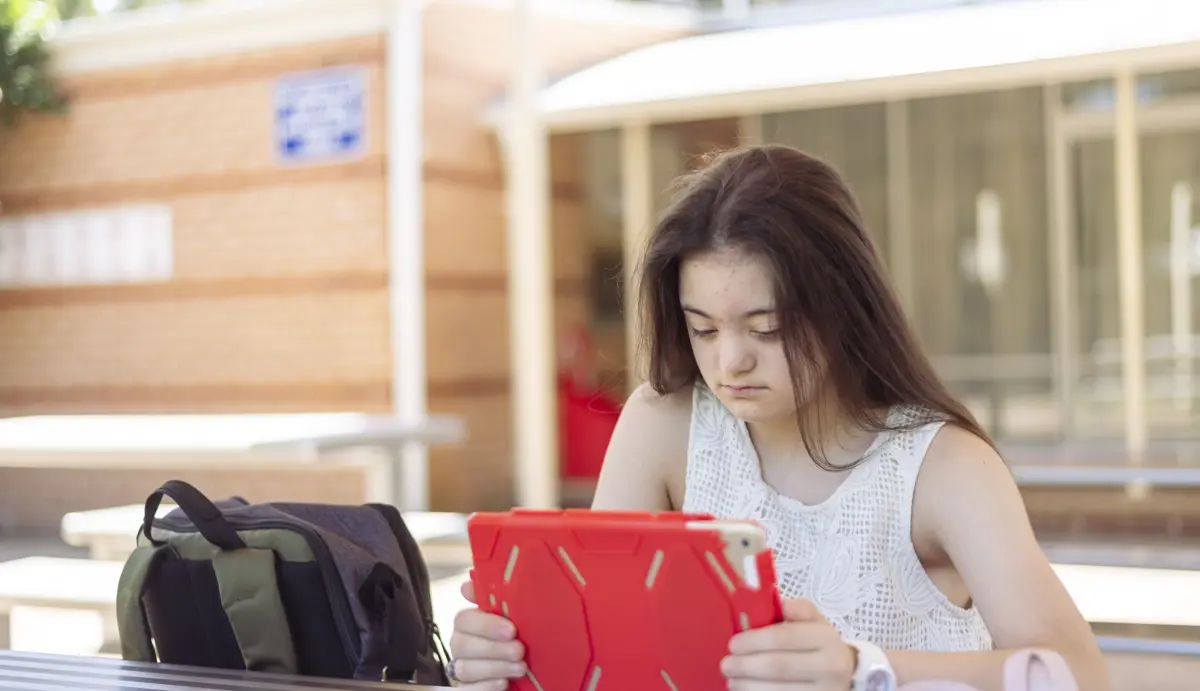


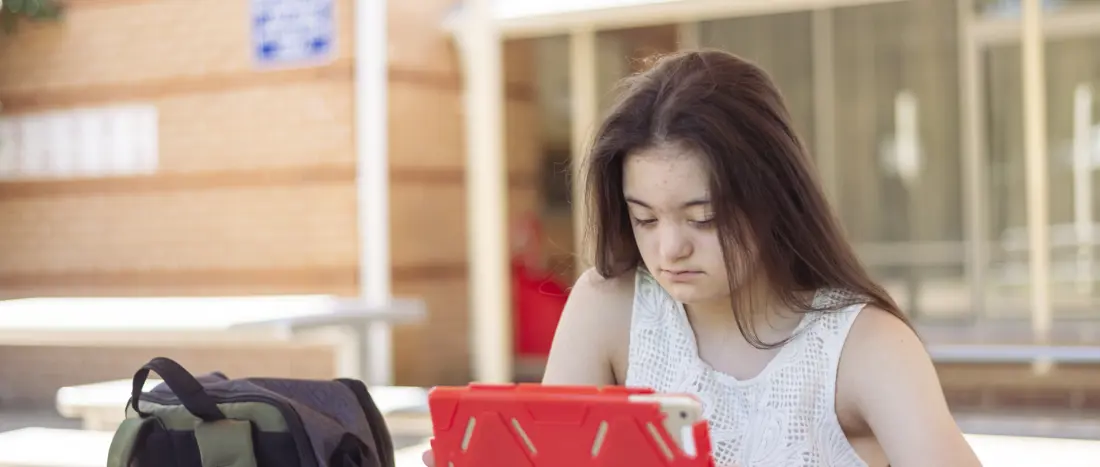
This is one of four lessons focusing on Money Skills for young people aged 11-14. This lesson is designed to help students understand money habits, money personalities, the difference between needs and wants, and how to plan for future purchases.
To ensure that the lesson plan and student-facing interactive PDF work together smoothly, please make sure you download and save both documents into the same folder on your computer.
Lesson learning outcomes
By the end of the lesson, students will be able to:
- Reflect on their own attitude to money and spending compared to others
- Prioritise needs and wants in different scenarios
- Calculate the potential cost implications of borrowing to purchase a big item
Want some more insight into this lesson? Discover how the activities in it will help you develop your students’ skills and knowledge here.
How can this lesson support you to develop your students’ understanding of their current money personality?
It initially focuses on students’ existing attitudes towards money, and what helpful or unhelpful money habits they might have already developed.
How can you use this lesson with your students to explain the difference between needs and wants?
This lesson concentrates on making the difference between needs and wants very clear, encouraging students to consider this in more detail through an interactive activity called Financial planning for a big purchase.
Want information on more content that can support you? Check out links to further resources below.
There are four more Money skills lessons for this age group that build on the learning here by covering value for money, the next steps in their financial journey including saving, borrowing and bank accounts, as well as dealing with financial dilemmas.
Why not include financial capability as a focus in your students’ wider curriculum? Refer to our Content guide to find out how LifeSkills resources can be used in PSHE or Maths lessons.
If you want to increase your own confidence to teach young people about money, Young Money provide free e-learning training to teachers across Primary and Secondary education. In addition, National Numeracy has a free website which helps you practise and refresh your everyday maths skills.
A free account gives you access to all educator content, tools and resources
Already have an account?
Log inGet started
Thank you for liking
Help us to continue creating relevant content for you by leaving some additional feedback.

